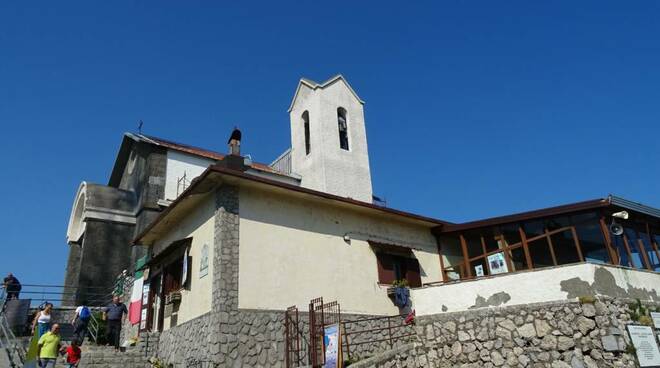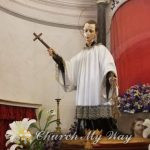Archdiocese of Sorrento-Castellammare di Stabia: the pilgrimage “The Angel’s Walk” returns to Monte Faito
Archdiocese of Sorrento-Castellammare di Stabia: the pilgrimage “The Angel’s Walk” returns to Monte Faito. The Archdiocese of Sorrento-Castellammare di Stabia renews “The Angel’s Walk”, the historical and devotional pilgrimage to Monte Faito.
The event, now in its seventeenth edition, is scheduled between July 31st and August 1st.
The initiative was born in 2006 by the will of Don Catello Malafronte, rector of the San Michele al Faito Sanctuary and some territorial associations, to renew the ancient cult of the Archangel Michael. The goal of the pilgrimage is also to rediscover historical and naturalistic aspects of a mountain, which has always been linked to the life of the inhabitants of the Sorrento peninsula.
Mount Faito is part of the mountain range of the Lattari mountains, it can be accessed both from Castellammare di Stabia by cable car and from Vico Equense. The Cammino dell’Angelo takes up the ancient devotional tradition for the Archangel, dating back to the sixth century when an oratory dedicated to the Archangel Michael was built on the top of the then Monte Gauro by the bishop San Catello and the monk Sant’Antonino.
From the first vespers of July 31st to all of August 1st, pilgrims who go to the Sanctuary on the Faito can enjoy the plenary indulgence. Upon their arrival at “Il Rifugio”, from 1 pm to 3 pm, a “refreshment” service is set up.
Sunday 31 July at 17:30, there will be the offer of the oil for the lamp in San Michele by the mayor of the Municipality of Vico Equense, Giuseppe Aiello and then the Eucharistic celebration presided over by Archbishop Francesco Alfano. To follow, the concert “Popular songs and rhythms” with Laura Paolillo, Vincenzo Romano, Leo Coppola, and Pietro Paolillo. On Monday 1 August, at 10 am, there will be a meeting at “Il Rifugio” with a climb to Monte Sant’Angelo ai tre Pizzi, which due to its particular shape is also called “More”.




